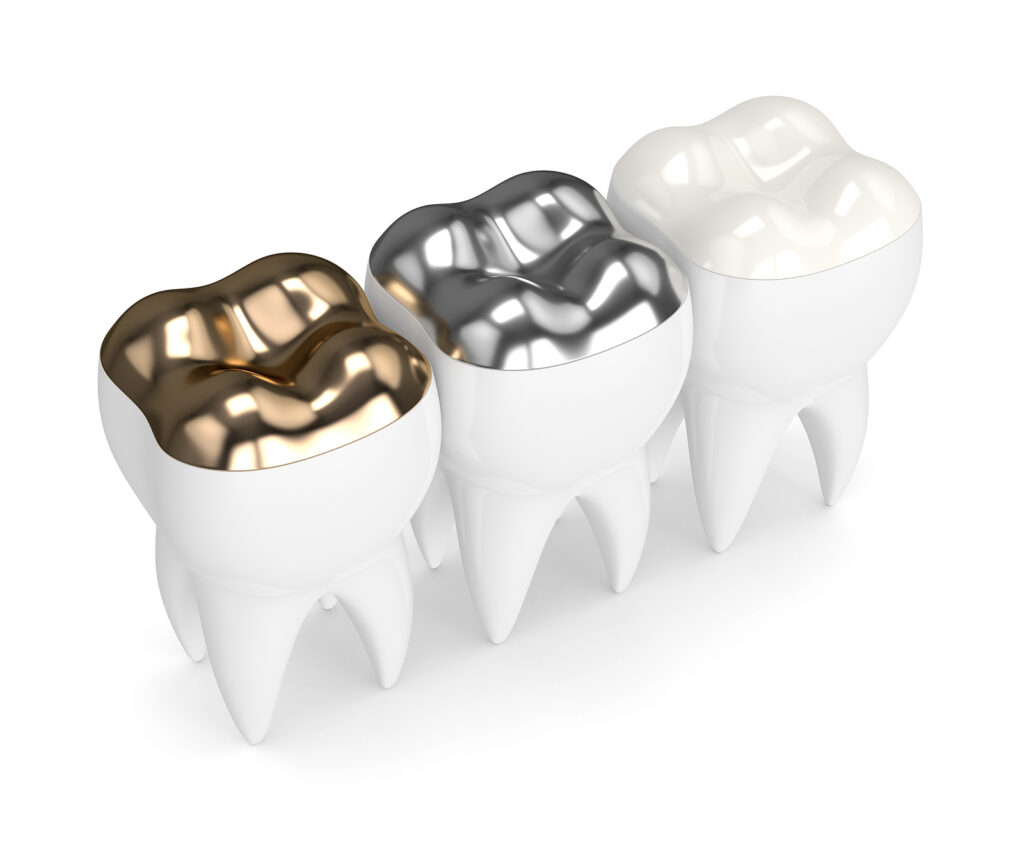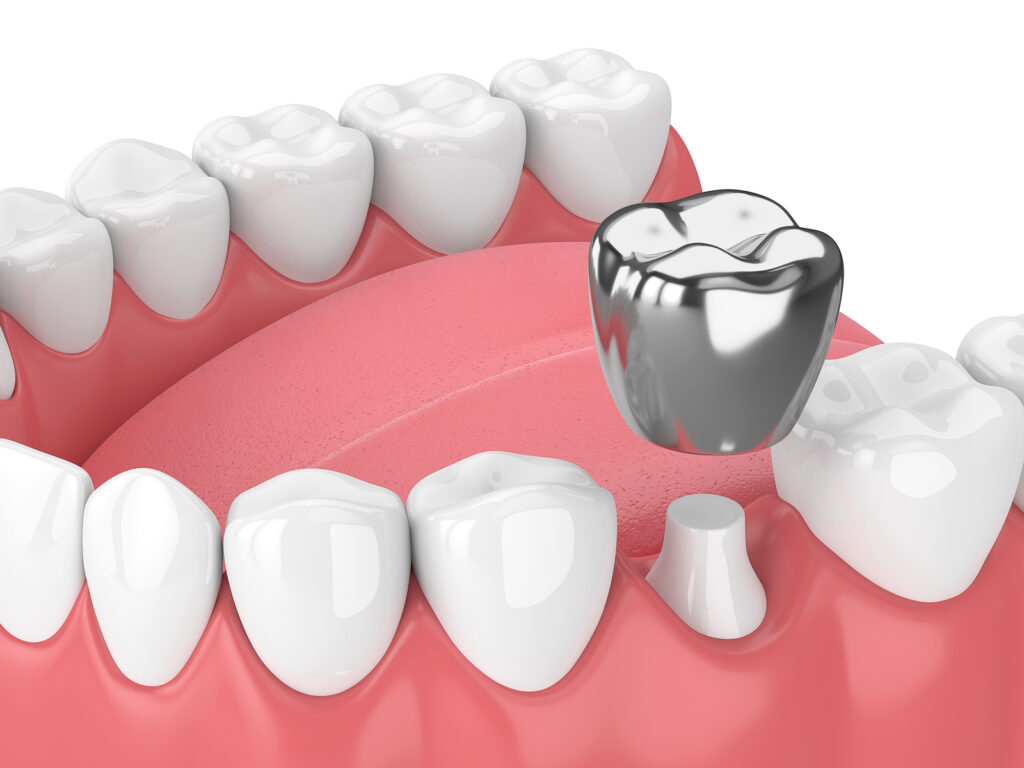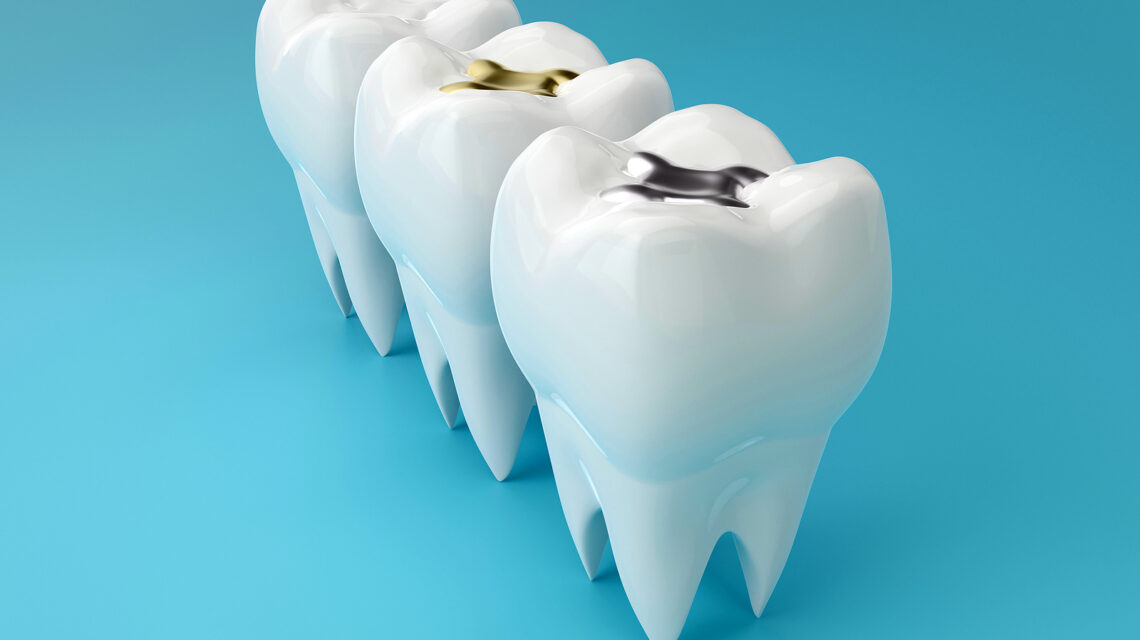Dental amalgams, otherwise known as silver fillings, are amalgams made from mercury and other metals. The mixture is used to fill cavities, usually caused by tooth decay. Low-copper amalgam, on the other hand, is made from silver, tin, zinc, and other trace metals. In the past, this mixture was associated with health risks and a longer life span than modern fillings. Today, however, low-copper amalgams are often associated with an increased risk of tooth decay.
Table of Contents
Problems

Problems with silver fillings may be difficult to spot on x-rays. They can be helpful for detecting decay beneath silver fillings, but they can also hide signs of cracks in your teeth. When you notice any of these symptoms, be sure to tell your dentist. They can take the necessary steps to treat your problem and save your smile. Here are some of the warning signs you should watch out for:
These old silver fillings may trap bacteria in your mouth. This is similar to putting a plug in a pothole. Although the filling may cover a surface problem, it does nothing to repair the underlying damage. Hence, many people who got silver fillings when they were young are now in their middle age. If you have one of these, be sure to visit a dentist soon to prevent further damage.
There are numerous problems associated with silver fillings. One of them is that the edges of these restorations may break down over time, allowing plaque and bacteria to enter the tooth. Another problem is metal corrosion, which can cause the restoration to fail. In addition, old silver fillings can also break down over time. Once this happens, they can trap harmful bacteria inside the tooth and enter the blood stream. Therefore, removing amalgam fillings is your best option.
Thankfully, there are many ways to address the problem of problems with silver fillings. Regular visits to your dentist can help you recognize any filling weakness or wear that could cause a tooth to break. You can either take the quadrant approach, or you can choose to replace all your silver fillings at once. Your dentist will be able to identify which areas of your mouth are the most affected and then break up the rest of your dental work accordingly.
Costs
Compared to other options, silver fillings are not only more durable and long-lasting, but also more affordable. Typically, a dentist will charge around $300 for a silver filling, and up to $4,500 for a porcelain one. Porcelain fillings, on the other hand, are made of a resin material and can match the color of a person's teeth. They are especially useful for front teeth and may cost up to twice as much as silver ones.
The price of silver fillings depends on the size of the cavity and type of filling material used. For a single surface, silver amalgam fillings cost $50-$150, and for multiple surfaces, you'll spend anywhere from $120 to $300. Gold fillings, on the other hand, can cost anywhere from $250-$4500. Ultimately, the choice of which filling material to use will determine the price.
Insurance policies often cover the cost of silver fillings up to a certain level, but you may have to pay out-of-pocket if you choose a more expensive option. Make sure to check your policy's details before getting a filling. Many plans will only cover silver amalgam fillings, while others may only cover tooth-colored fillings up to the cost of a silver one. Even if your insurance company covers both, you should still make sure you get the procedure as soon as possible to prevent costly root canal infections and tooth loss.
If you do not have dental insurance, you should consider getting one. The average cost for a metal filling is around $150-$300. Tooth-colored fillings cost $100 to $150 without insurance, but they can be covered by your plan. You can get your dental insurance plan to lower the price, but it's worth considering whether you can afford this type of filling. If you have dental insurance, your insurer will likely cover the cost of a metal filling, while a tooth-colored filling will cost anywhere from $0 to $150.
Lifespan

The current data regarding the longevity of amalgam and composite fillings in the posterior teeth are limited. Although most studies were conducted in dental clinics, most of these evaluated small sample sizes. The results of several studies showed low longevity rates of amalgam and composite fillings, especially in the 1980s and early 1990s. To address this issue, a systematic review of these materials was conducted in 1999. Researchers evaluated the MST of amalgam and composite fillings in studies that lasted from five to 17 years. While the MST of amalgam fillings was higher than that of composite fillings, the composites showed an average lifespan of 16 years.
In contrast to amalgam fillings, composites are tooth-colored. They closely resemble the color of the existing tooth. While some people may not prefer composite fillings, some people have developed allergies to silver amalgam fillings. These fillings also come with an increased risk of tooth cracking. Old silver mercury fillings can also cause a toothache and even fracture. The mercury in the fillings expands and contracts with the temperature, and may leak along the edges. The exposed part of the tooth may crack and eventually fracture, causing the filling to break off.
In addition to the durability and lifespan of composite dental fillings, the material used to create them also affects their life expectancy. In contrast, silver fillings may last up to 10 years, while composite fillings can last a decade or longer. Composite fillings, on the other hand, are made of a mixture of acrylics and ceramics that mimic the durability of natural teeth. When choosing a composite dental filling, it's important to consider the dentist's recommendations.
Visibility
While the color of silver fillings may be unappealing, they're not the cause of cavities. Most cavities develop in areas where they can't be seen. Because of this, a cavity beneath a silver filling won't be noticed until it is quite extensive. In contrast, tooth-colored fillings are not visible on X-rays. The seal between the tooth and the filling can indicate there's something wrong below.
The main difference between white and silver fillings is the material used. Silver fillings are less visible, and they're harder and tougher. They're also less expensive than white fillings. This makes them a good option for people who want to save money on their dental care. If you're worried about the cost, silver fillings may be a better option. The cost difference is minimal, but the benefits outweigh the disadvantages.
The cost of silver fillings is lower than composite resin. Dentists can place them more quickly because the material is cheaper. Additionally, the dentist can use fewer silver fillings in a single visit. The price will also be less, since silver fillings have lower levels of mercury than composite resin. While silver fillings are visible, they are less noticeable in areas where people are most likely to notice them. In addition to being unsightly, a silver filling can even cause the surrounding tooth to look gray.
Mercury content

Dental amalgams contain a lot of mercury, as much as 50%. Although it is a neurotoxin, the level of mercury is regulated by the Environmental Protection Agency. The material is also highly durable, thanks to the fact that it is liquid at room temperature. However, many people worry about the safety of silver fillings due to their high mercury content. So, how do we avoid this? The answer lies in the safety measures taken by your dentist.
When you go to the dentist for a filling replacement, you should ask your dentist about the mercury content. You should check your mercury level before and after the procedure. Having amalgams removed will result in higher levels of mercury in your body than leaving them alone. However, you don't have to undergo any serious dental work if you're concerned about your mercury levels. Some dentists use non-mercury materials for fillings. However, there are still some who use amalgams containing mercury. If you'd like an alternative filling, you can request it from your dentist.
In addition to being unhealthy for the body, mercury is harmful for pregnant women. Mercury in pregnant women has been associated with the development of multiple birth defects. Even if you don't have an allergy to mercury, your baby may be exposed to it through the umbilical cord blood. Moreover, there is no reliable evidence to prove that amalgams are safe for pregnant women. However, pregnant women should take precaution to avoid mercury exposure.
The risk of mercury poisoning depends on how much mercury enters the target organs. Short-term large exposures can cause mercury levels in the urine and blood. However, these levels are not indicative of toxicity. Therefore, removing the fillings is essential to prevent the risks of mercury poisoning. There are many alternative clinics in Europe that encourage patients to go to the dentist before having dental amalgams removed. So, what is the best way to avoid mercury and other harmful chemicals in your body?


